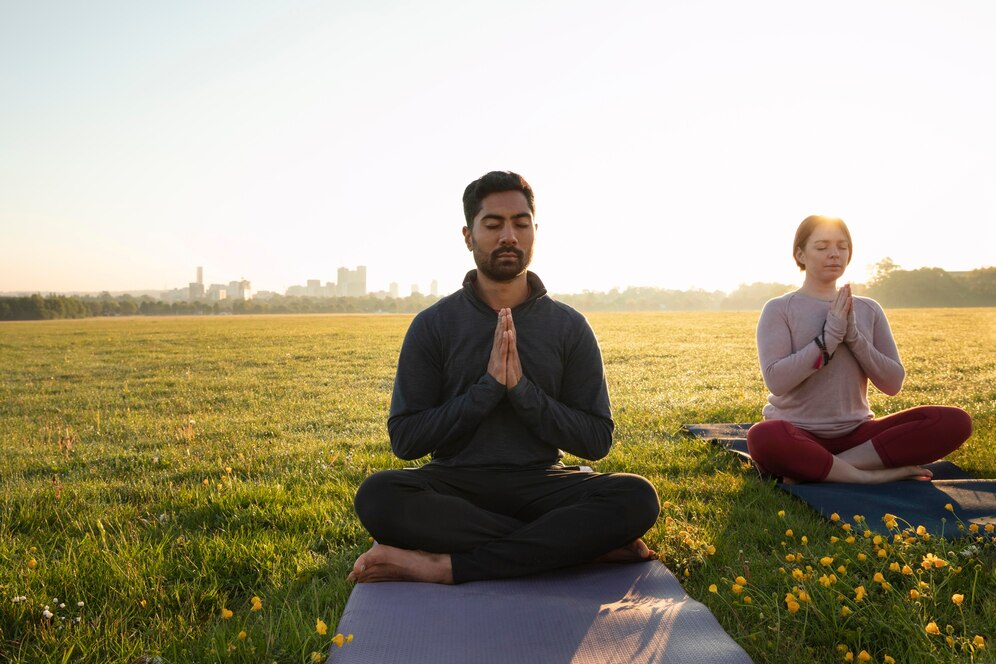Discover Your Perfect Healer Today!
Our online practitioner directory connects you with a wide range of healers to suit your unique needs.
Easily search and find the right professional to support your wellness journey.
Start exploring today to find your perfect match.
Modality
Disease
Books
Products
Events
Training
Blogs
Acupuncture
Two Surprising Benefits of Acupuncture
Acupuncture is an ancient healing technique that originated in the land of China. In recent years it has been gaining more and more popularity in ...
Read More → Written by
David Brown
Acupuncture
Creating a Healing Environment: How to Practice Acupuncture at Home
Acupuncture can relax, balance, and heal the body. Some individuals want to do it in their homes despite its traditional practice being confined within clinical ...
Read More → Written by
David Brown
Supporting Page
Embarking on Your Yoga Journey: A Beginner’s Essential Guide
The beginning of a Yoga journey can be both thrilling and terrifying. Different resources, styles, and classes are available for those who are interested in ...
Read More → Written by
Michael Johnson
Acupuncture
Understanding the Healing Crisis After Acupuncture
Acupuncture is a form of the old therapeutic process with its roots in Chinese medicine and healing. The effects of this treatment vary from person ...
Read More → Written by
David Brown
Meditation
Creating a Calm Space: How to Practice Meditation at Home
Meditation at home is probably the simplest form of enhancing an individual’s ability to be mindful, focus, and feel relaxed. You can effortlessly turn your ...
Read More → Written by
John Smith
Functional Medicine
The Impact of Functional Medicine on Quality of Life
Functionally medical care is rapidly making inroads within the medical community, for a reason. It’s an approach to healthcare that looks further than just treating ...
Read More → Written by
David Brown






